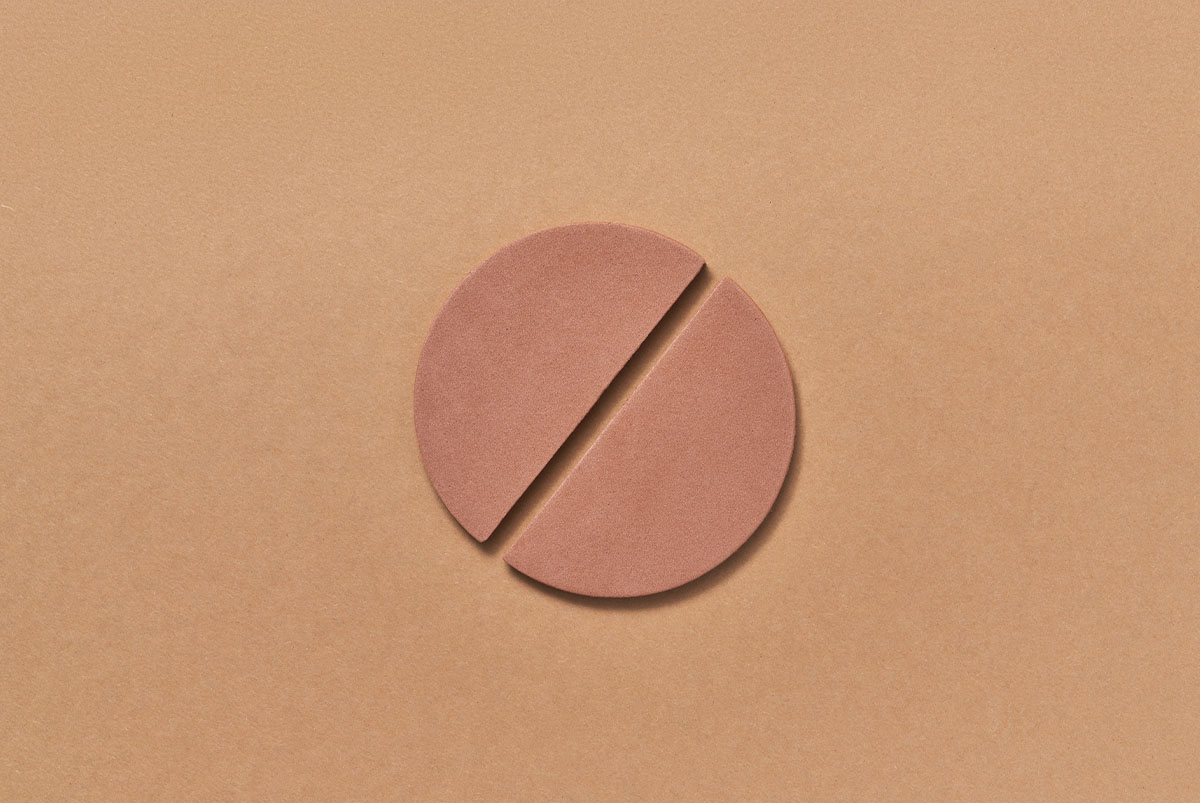Ready To Buy a Home?
Get Approved to Buy a Home
Rocket Mortgage® lets you get to house hunting sooner.
Buying a home comes with a lot of decisions, from the property you choose to the type of mortgage. You also have choices about the length of the loan. While most loan terms are 30 years in length, 15-year mortgages are also available and offer some advantages for homeowners.
To help you make the best possible choice, let’s discuss the 15- versus 30-year mortgage, including their differences, a breakdown of the costs and the pros and cons.
15- vs. 30-Year Mortgages: Understanding the Key Differences
The numbers in “15”-year and “30”-year mortgage refer to the loan term. Assuming you make on-time, in-full payments each month, you’ll pay off a 15-year mortgage in 15 years and a 30-year mortgage in 30 years.
A 15-year mortgage comes with a higher monthly payment. But because you’re paying down the loan faster, you’ll build equity more quickly, own the home outright earlier and pay less interest over the life of the loan.
A 30-year mortgage will have lower monthly payments, but you’ll build equity slower and pay more interest over the long run.
To help you visualize and understand the differences between the two, let’s take a side-by-side look at what each mortgage will cost you in the short and long term.
Need Mortgage Help?
New home, second home, refinancing, we’ve seen it all. Whatever your goals, expert help is just a click away.
15- vs. 30-Year Mortgage Side-By-Side Comparison
Say you want to buy a $400,000 house (with a 20% down payment), but you aren’t sure if you want to take out a 15-year fixed-rate mortgage or a 30-year fixed-rate mortgage.
Since 15-year mortgages usually come with lower interest rates than 30-year mortgages, your lender offers you a 6.3% interest rate on the 15-year mortgage. The other option is a 30-year mortgage with a 7% interest rate.
Despite borrowing the same amount of money, the numbers look very different, which you can see from the table below.
| Loan Variable | 15-Year Mortgage | 30-Year Mortgage |
| Mortgage Amount | $320,000 | $320,000 |
| Interest Rate | 6.3% | 7% |
| Monthly Mortgage Payment | $2,752 | $2,129 |
| Total Cost of Interest | $175,447 | $446,428 |
| Total Cost of Mortgage | $495,447 | $766,428 |
In this example, you’d save $623 per month on your monthly payment by opting for a 30-year term instead of a 15-year one.
However, you’ll end up paying $270,981 more in interest over the life of the loan, which is also the difference in the total cost of the mortgage.
To sum it up, you’ll pay less on a month-to-month basis with a 30-year term, but you’ll pay significantly more overall.
Find out what you can afford.
Research what your monthly payment might look like with our intuitive mortgage calculator.
Pros and Cons of a 15-Year Mortgage
Choosing a 15-year mortgage comes down to your financial goals and what you hope to get out of your real estate purchase.
PROS of a 15-year mortgage👍
Historically, 15-year mortgages have an interest rate 0.4% – 1.0% lower than 30-year mortgages.[1]And since you’re only paying interest for half the time, you pay less total interest over the life of the loan.
A 15-year mortgage is structured to be paid off after 180 monthly payments, while a 30-year mortgage has 360 payments. Fewer total payments means you can pay the loan back faster.
Every time you make a payment toward the loan’s principal balance, you’ll build equity in the property. You can then borrow against your available equity sooner with a second mortgage.
CONS of a 15-year mortgage👎
A 15-year term means you have fewer years to pay down your loan. As a result, you’ll contribute more money toward your mortgage, resulting in higher monthly payments compared to a 30-year mortgage.
Because of the higher monthly payments associated with 15-year mortgages, lenders have stricter requirements for these loans, specifically when it comes to your credit score and debt-to-income (DTI) ratio.
You may be able to pay off a 15-year mortgage early, but it won’t be easy to extend the loan term without refinancing or modifying your loan. A 15-year mortgage requires you to commit to paying off your loan faster, which might put some unwanted pressure on your finances.
Pros and Cons of a 30-Year Mortgage
If a 15-year mortgage doesn’t help you achieve your home buying goals, a 30-year mortgage may better suit your needs.
PROS of a 30-year mortgage👍
Typically, 30-year mortgages have lower monthly payments than 15-year mortgages, which can be helpful if income is tight or you have other, more pressing financial priorities.
If you have a 30-year mortgage, you can contribute more than the required monthly payment. This can help you save on interest charges and lower your principal balance faster.
The lower monthly payments of a 30-year mortgage can help you qualify for a more expensive loan, opening up more homes for you to choose from.
CONS of a 30-year mortgage👎
A 30-year term will cost you more interest, which can add up to hundreds of thousands of additional dollars over the course of the loan.
Taking more time to pay down the mortgage means you build equity at a slower pace.
Should You Choose a 15-Year or 30-Year Mortgage?
If you’re still torn between the different loan terms, here are some tips to keep in mind for each.
When to consider a 15-year mortgage:
- You have consistent income, want to pay less interest and can afford the higher payments.
- You’re a borrower who wants to retire early — because you’ll eliminate debt faster with a 15-year term.
- You want to build equity faster to increase your investment options.
When to consider a 30-year mortgage:
- You’re a borrower looking to keep monthly payments low.
- You have variable income and may find this loan more comfortable and flexible.
- You have other debts or want to allocate more of your monthly income to saving or investing.
- The Internal Revenue Service (IRS) allows borrowers to detect the interest portion of mortgage payments from their taxes. Since 30-year terms come with higher interest payments, these loans offer more potential tax savings.
How To Pay Off a 30-Year Mortgage Faster
Choosing a 30-year mortgage doesn’t mean you have to take 30 years to pay back the money you borrow. Here are some tips to pay it off sooner — and it’s even possible to pay off a 30-year mortgage in 15 years.
Make additional payments
Making additional payments, on top of your required payments, can help you build equity faster and pay off your loan earlier.
Many lenders don’t charge a prepayment penalty, but be sure to verify this when you choose a lender and get a mortgage.
Make biweekly payments
This is a simple way to squeeze in an extra payment each year. By making biweekly payments, you’ll make 13 payments (26 half payments) in a year instead of 12 monthly ones. By year 13, that’s an entire extra year of payments — if you stick with it.
Refinance
Refinancing your mortgage can replace your existing 30-year loan with a 15-year loan. When you refinance, you have to apply — and be approved — for a new loan, which will include new loan terms and a new set of closing costs.
The benefits of refinancing are that you can potentially take advantage of a lower interest rate if rates have declined. However, there’s always the possibility that rates have gone up. In either case, you’ll have to account for closing costs, which can be 3% – 6% of the loan amount.[2]
Final Thoughts on 15-Year vs. 30-Year Mortgages
Paying back your mortgage faster can help you save money and enjoy owning your home debt-free sooner. If you have a stable income that allows you to afford a 15-year mortgage, the benefits may be worthwhile. But if you feel like you aren’t ready to take on larger monthly payments, starting with a 30-year mortgage may be a safer, more sensible place to start.
Home is worth it.
The mortgage process can be exciting, and we’ll be with you all the way. Take the first step to owning a home. You’ll be glad you did.
The Short Version
- The 15-year mortgage can be a great choice for borrowers who have a consistent income, want to pay less interest, build equity faster and be debt-free sooner
- A 30-year mortgage will have lower monthly payments, but you’ll build equity slower and pay more interest over the long run
- Making additional payments, on top of your required payments, can help you build equity faster and pay off your loan earlier
U.S. Federal Reserve System. “15-Year Fixed Rate Mortgage Average in the United States (MORTGAGE15US).” Retrieved September 2023 from https://fred.stlouisfed.org/series/MORTGAGE15US#0
Federal Reserve System. “What will refinancing cost?” Retrieved September 2023 from https://www.federalreserve.gov/pubs/refinancings/#cost




